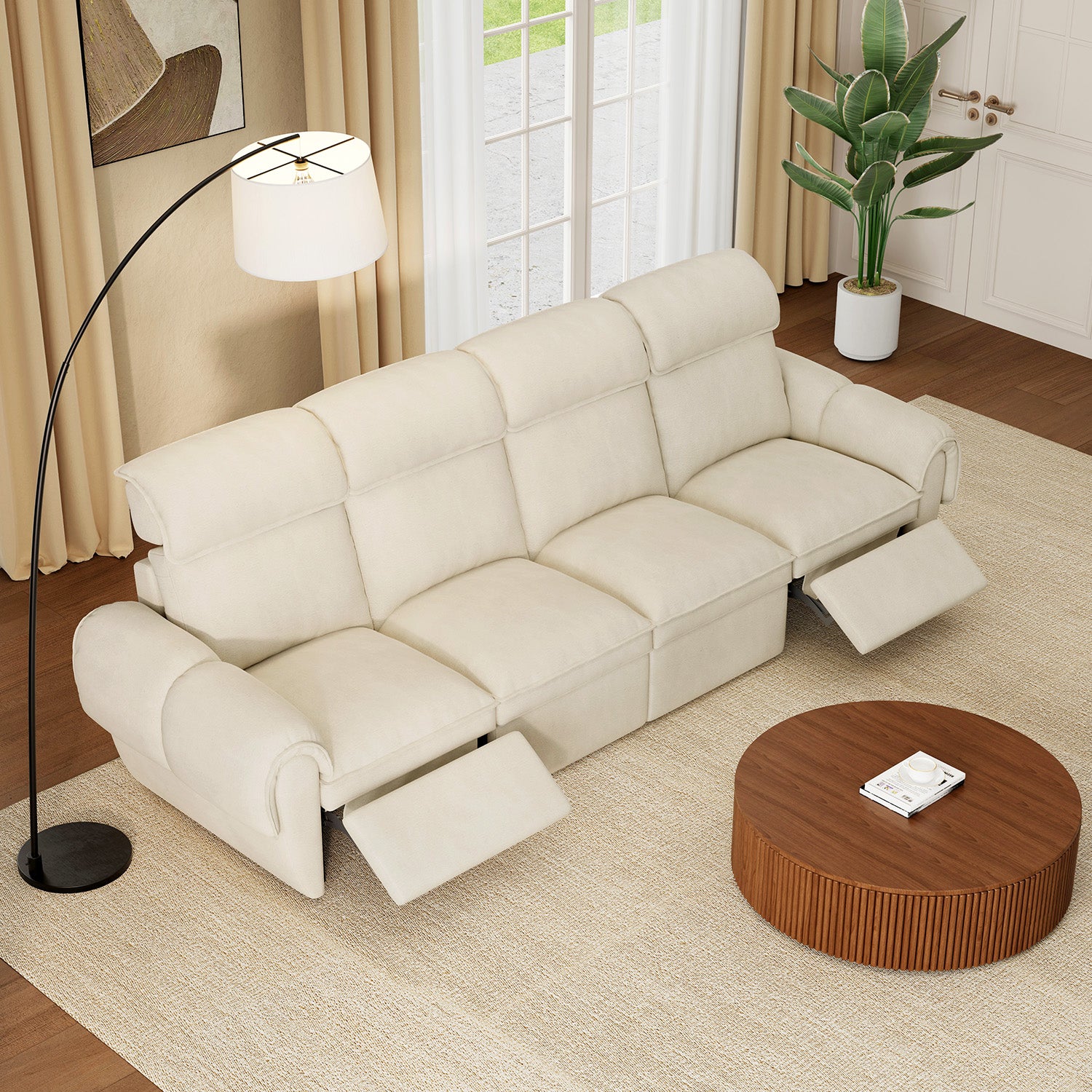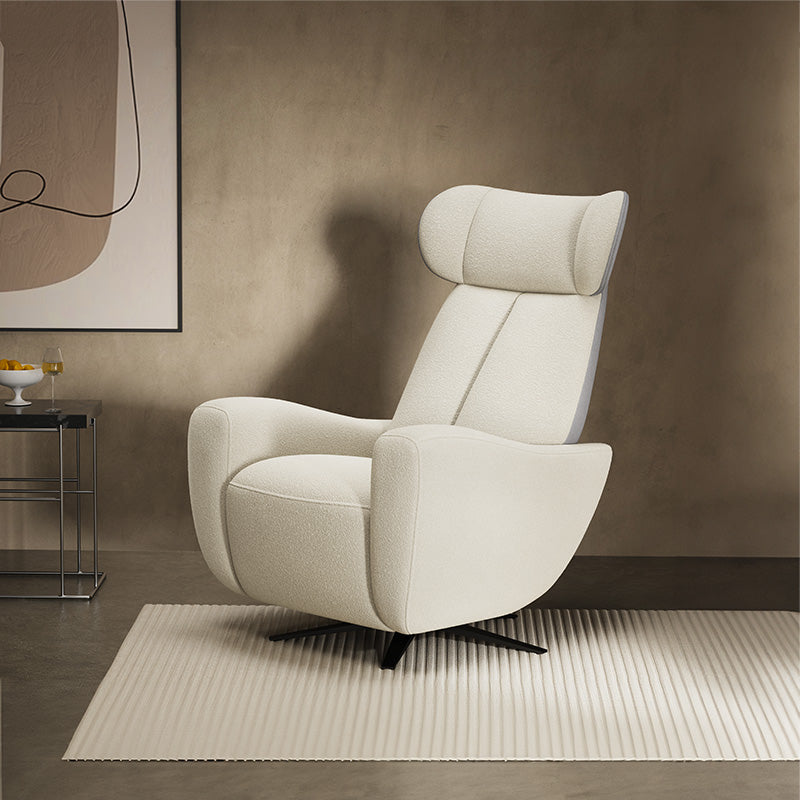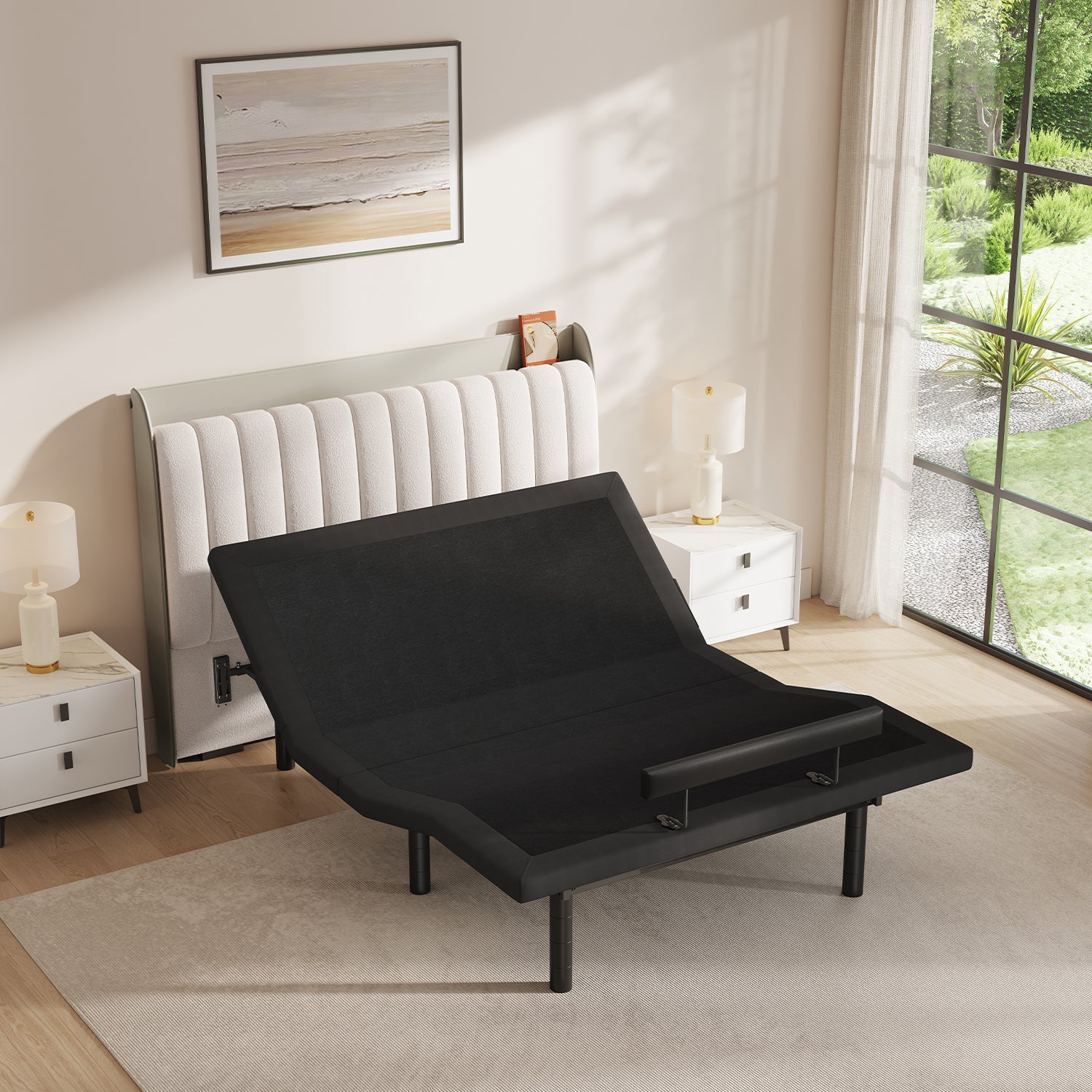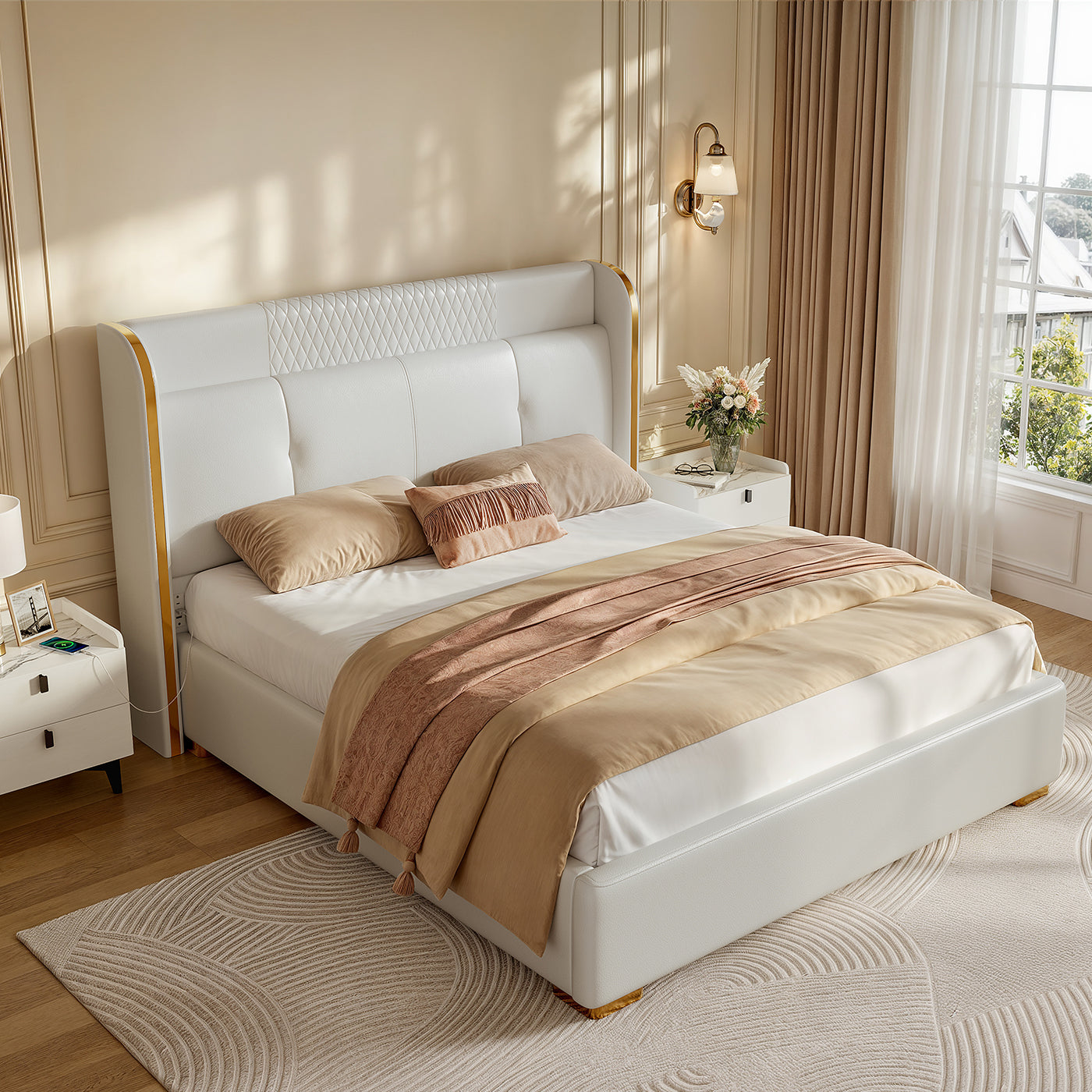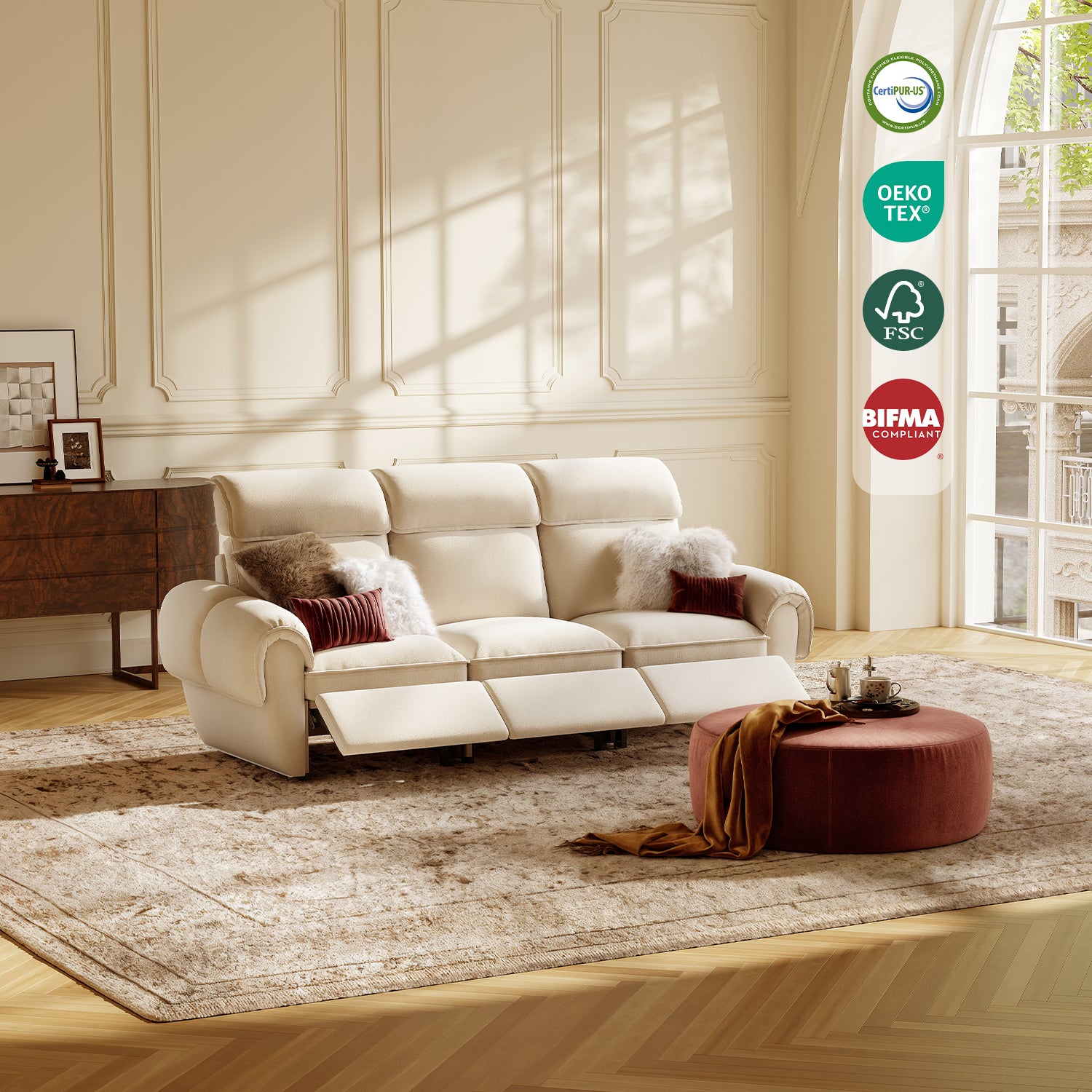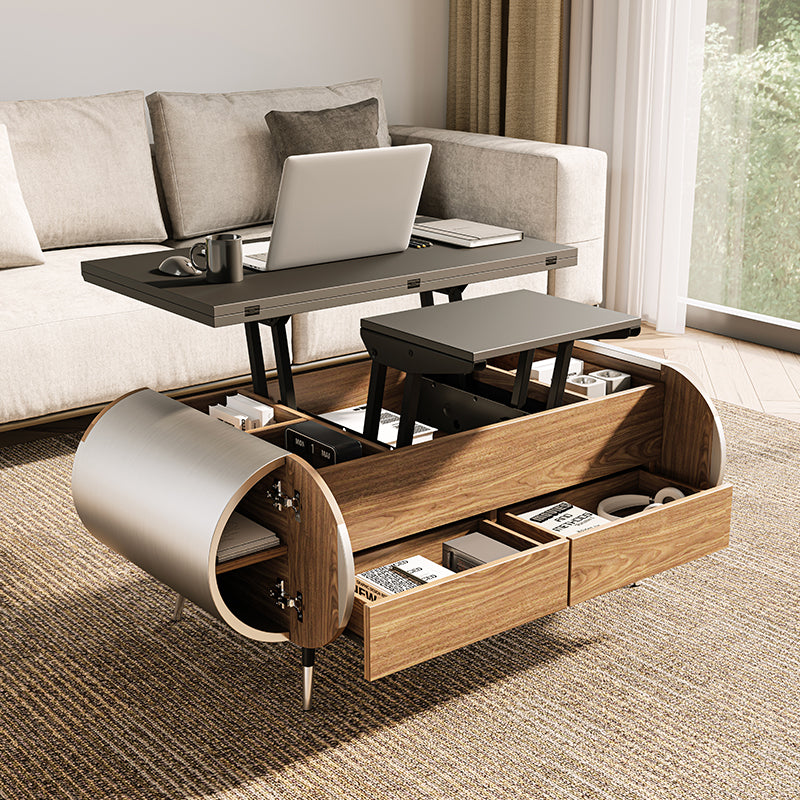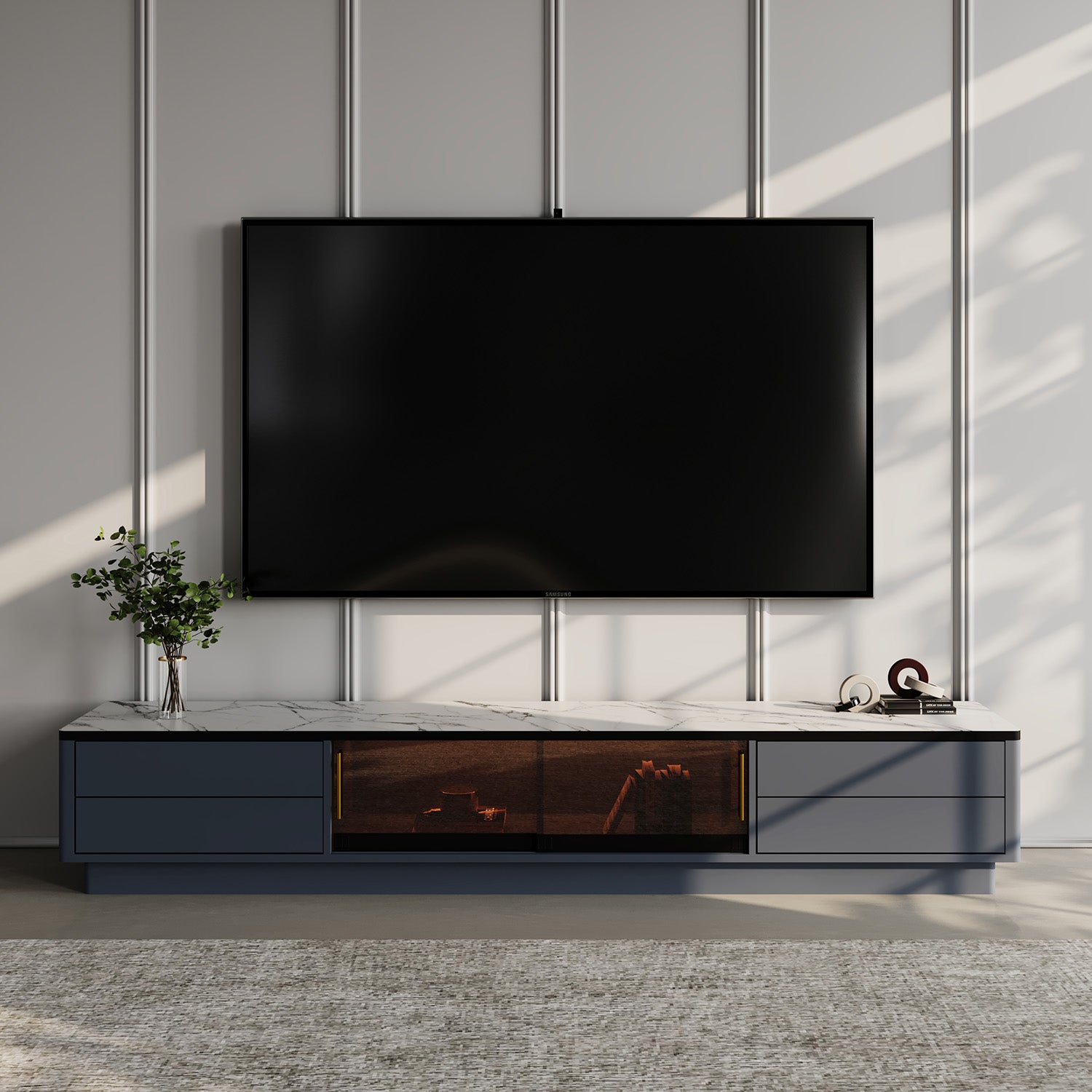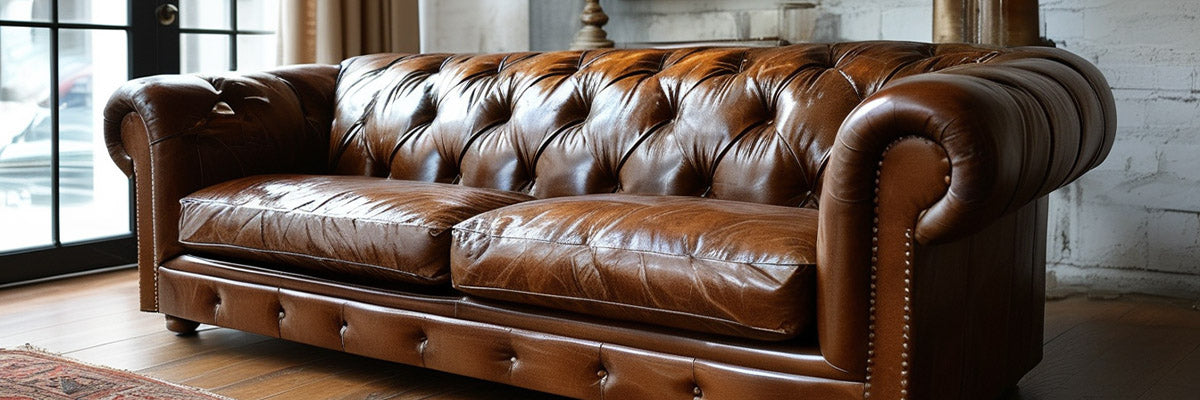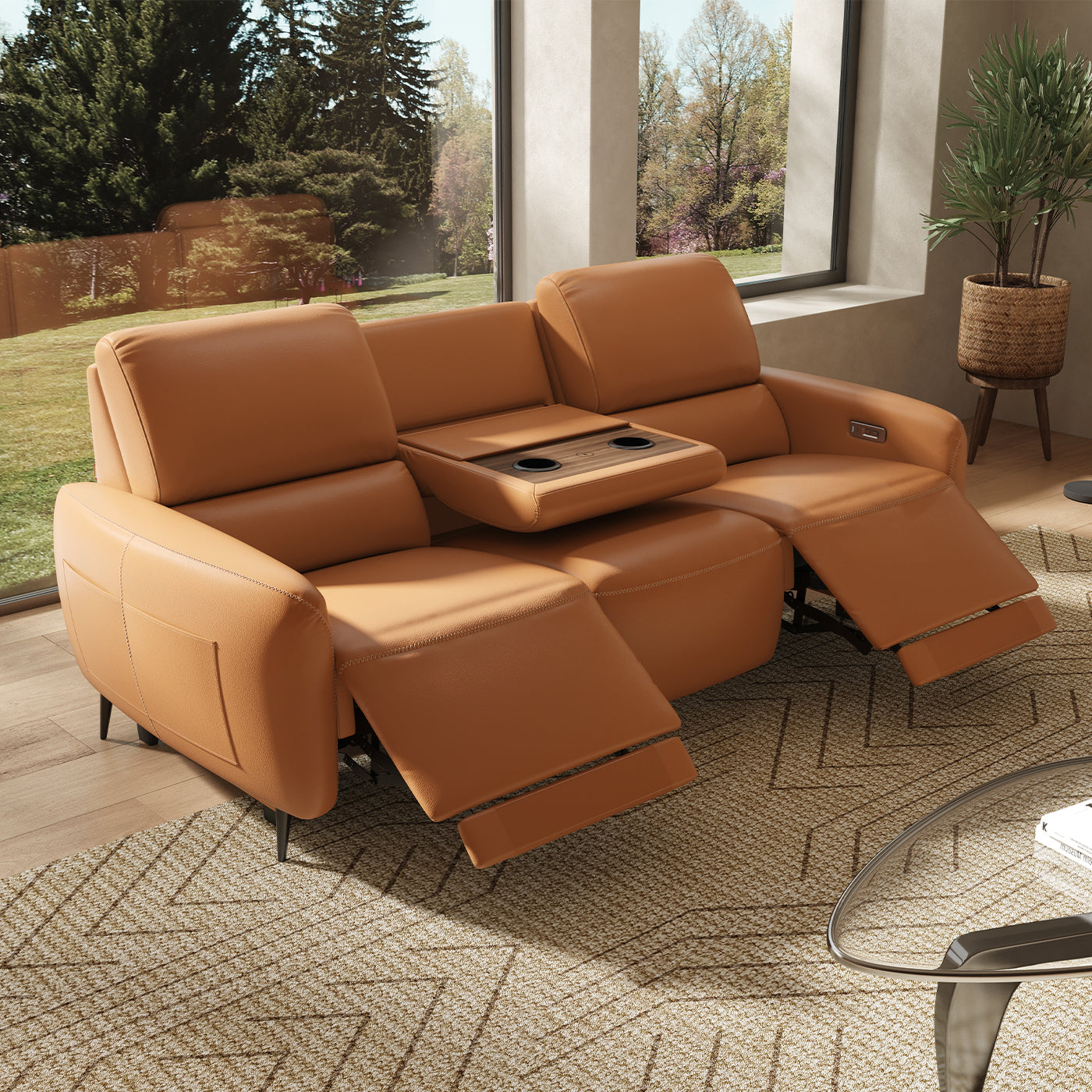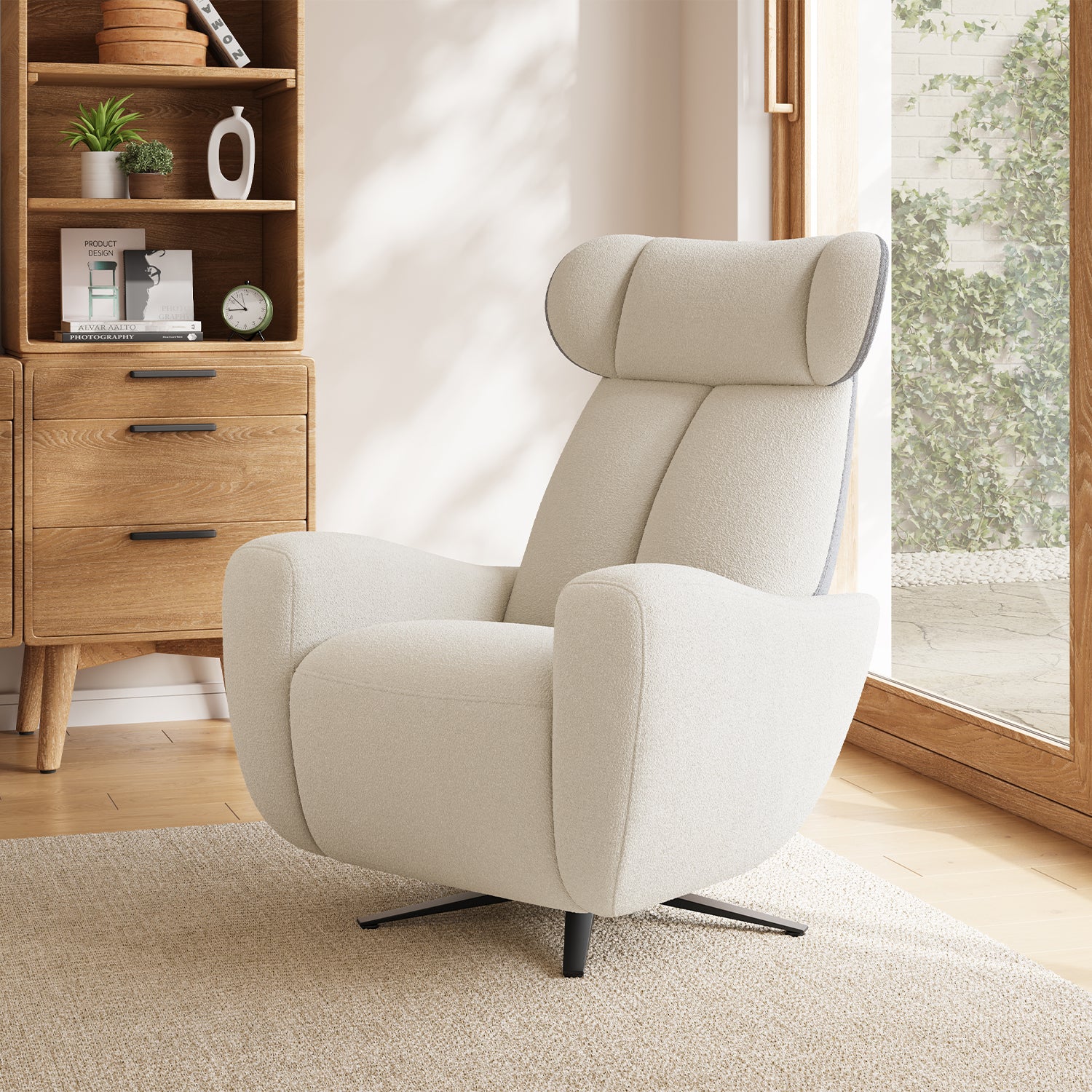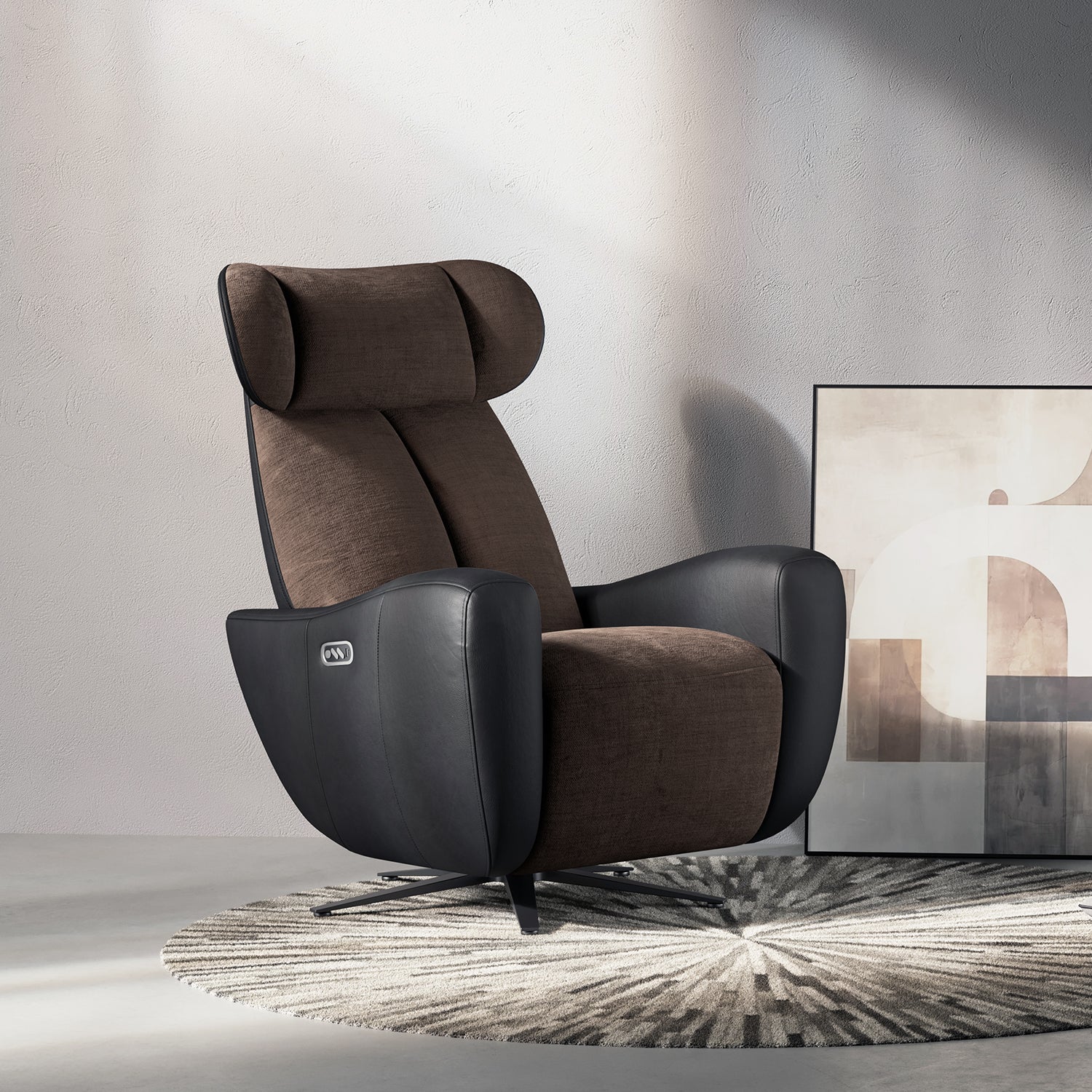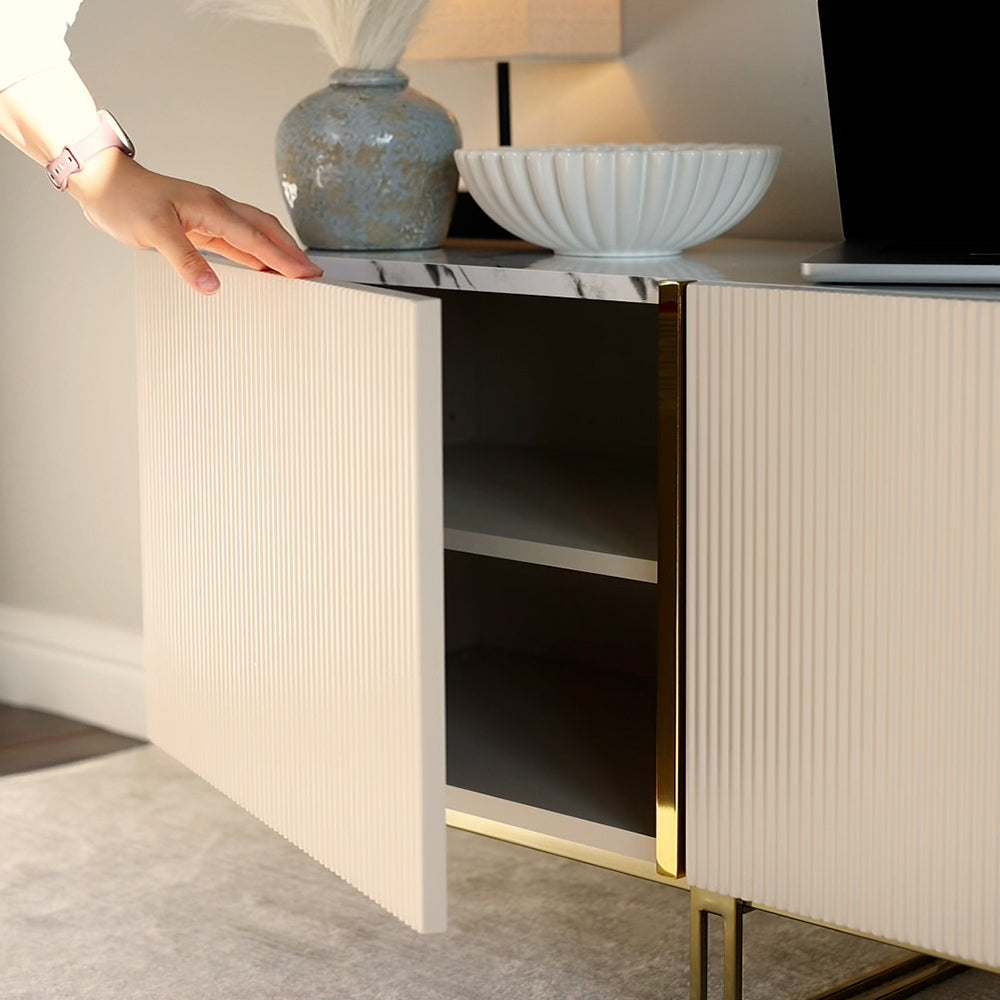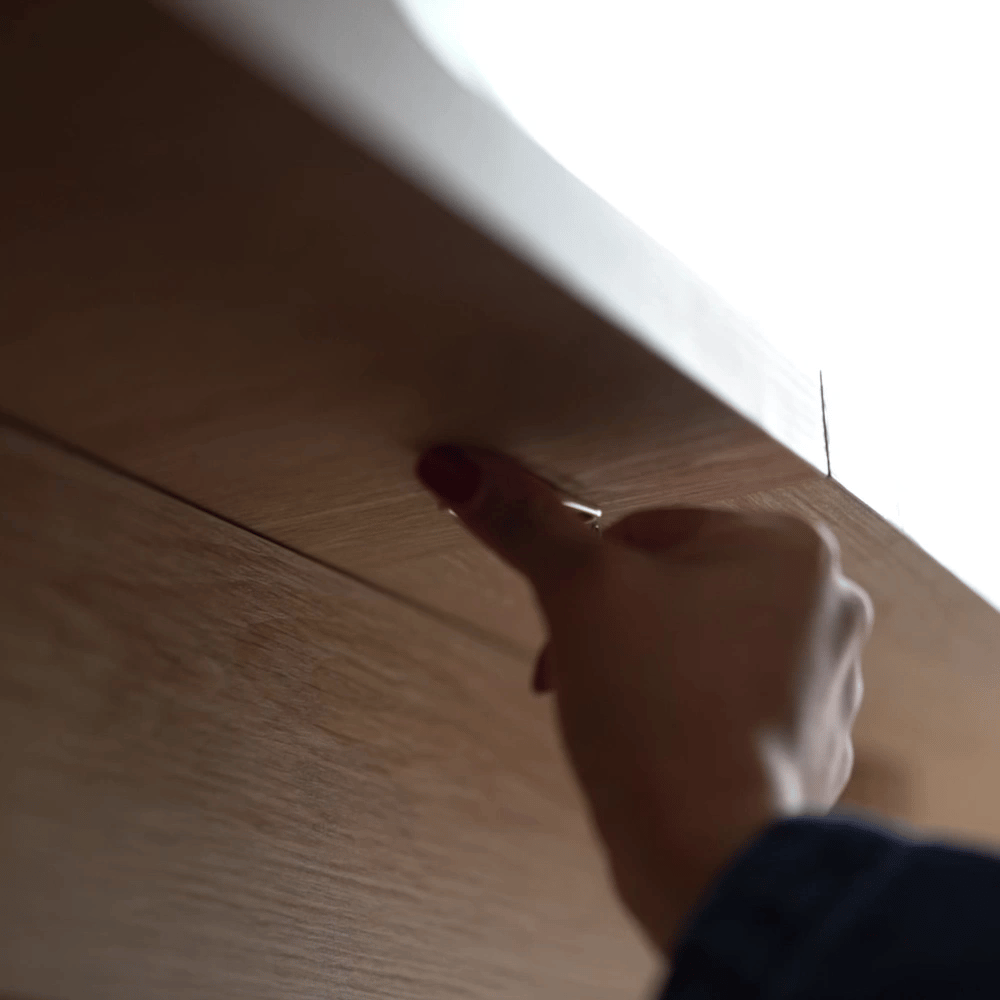Leather furniture, especially couches, exudes a timeless elegance that can elevate the look of any living space. However, when a leather couch is first purchased, it may feel stiff, unyielding, and uncomfortable. This is perfectly normal. Like a well-made leather jacket or pair of shoes, a leather couch needs to be “broken in” to reach its full potential in terms of comfort and softness. Breaking in a leather couch requires patience, care, and proper maintenance, but the result is a beautifully worn-in piece that improves in appearance and feel over time. In this guide, we’ll walk you through how to break in your leather couch and ensure it becomes a cozy, long-lasting addition to your home.
Table of Content
Understanding Leather and the Breaking-In Process
Leather is a natural material, and while it is incredibly durable, it can initially be firm and rigid. This is especially true for high-quality, full-grain leather, which is thicker and more robust than lower-grade types of leather. During the breaking-in process, the fibers in the leather gradually soften and become more pliable, which leads to greater comfort and a more relaxed appearance.
However, it’s important to approach this process with care. Leather is a sensitive material that can be damaged by excessive moisture, heat, or abrasive treatments. Breaking in your leather couch is a slow, natural process that requires consistency and the right techniques.

1. Use the Couch Regularly
One of the simplest and most effective ways to break in a leather couch is to start using it regularly. Leather needs time to mold to your body’s shape, and frequent sitting on the couch will help the material soften and adapt. While it may feel stiff at first, with time, the leather will begin to loosen up and conform to your body’s contours. The natural oils from your skin will also help soften the leather and bring out its rich, patinated finish.
Tip:
Try to vary where you sit on the couch so that the wear is evenly distributed across the surface. This will prevent specific areas from becoming overly worn while others remain stiff.
2. Gently Massage the Leather
Another technique to accelerate the softening process is to gently massage the leather. Using your hands, work the leather in small circular motions across the areas that feel particularly stiff or tight. This helps to loosen up the fibers and redistribute the oils naturally present in the leather. You can also use a soft cloth to massage the leather more evenly if you’re concerned about using your hands directly.
Tip:
Be gentle when massaging the leather. Avoid applying excessive pressure that might stretch or damage the surface.
3. Use Leather Conditioner
Leather conditioner is an essential tool for both breaking in a leather couch and maintaining its health. When leather is new, it can often feel dry and stiff due to a lack of moisture. A high-quality leather conditioner will hydrate the material, which helps to soften it over time and prevent cracks or fading. Conditioner also helps nourish the leather, ensuring it doesn’t dry out or lose its luster.
Apply the conditioner in light, even coats using a soft cloth, and let it absorb fully into the leather. Do this every few weeks during the breaking-in phase. Over-conditioning, however, can result in a sticky residue or an overly saturated surface, so always follow the manufacturer’s guidelines for how often to apply conditioner.
Tip:
Test the conditioner on a small, inconspicuous area of the couch first to ensure it doesn’t discolor or damage the leather.
4. Break in with Heat and Humidity (Carefully)
Leather can also soften when exposed to mild heat and humidity. A little warmth helps the fibers loosen up, but you must be cautious not to overdo it, as excessive heat can dry out and crack the leather. If you live in a dry climate, using a humidifier in the room where the couch is located can help maintain a balance of moisture in the air, which will contribute to a more comfortable, soft feel over time.
Tip:
Never use a direct heat source like a blow dryer or space heater on your leather couch, as this can cause irreparable damage.

5. Consider Using a Leather Softening Product
If your couch is still feeling too stiff after several weeks of use and conditioning, you might want to try a leather softening product. These products are designed to accelerate the breaking-in process by infusing the leather with additional oils and agents that increase its pliability. They’re generally safe to use on high-quality leather, but be sure to choose one that is suitable for your specific type of leather and follow the application instructions carefully.
Tip:
Leather softeners are best used sparingly. Overuse can lead to a too-soft, worn-out surface that may not hold up well over time.
6. Protect and Maintain Your Leather Couch
Once you’ve successfully broken in your leather couch and it’s feeling more comfortable, it’s crucial to maintain its condition to ensure it continues to look and feel great for years to come. Regular cleaning and conditioning, as well as protecting it from direct sunlight and sharp objects, will help preserve the integrity of the leather and prevent premature wear and tear.
- Vacuum regularly to remove dirt and debris from the surface.
- Clean with a damp cloth to wipe away spills or stains immediately. Avoid harsh chemicals that could damage the leather.
- Protect from direct sunlight to prevent fading and drying out.
- Keep sharp objects away from the leather to avoid punctures or abrasions.
Conclusion
Breaking in a leather couch is a process that requires time, patience, and care. By using the couch regularly, massaging the leather, applying a high-quality conditioner, and ensuring the proper humidity levels, you'll gradually notice the leather becoming softer, more comfortable, and more luxurious over time. With proper care and attention, your leather couch will not only become a cozy and inviting place to relax but will also retain its beauty and durability for years to come.



